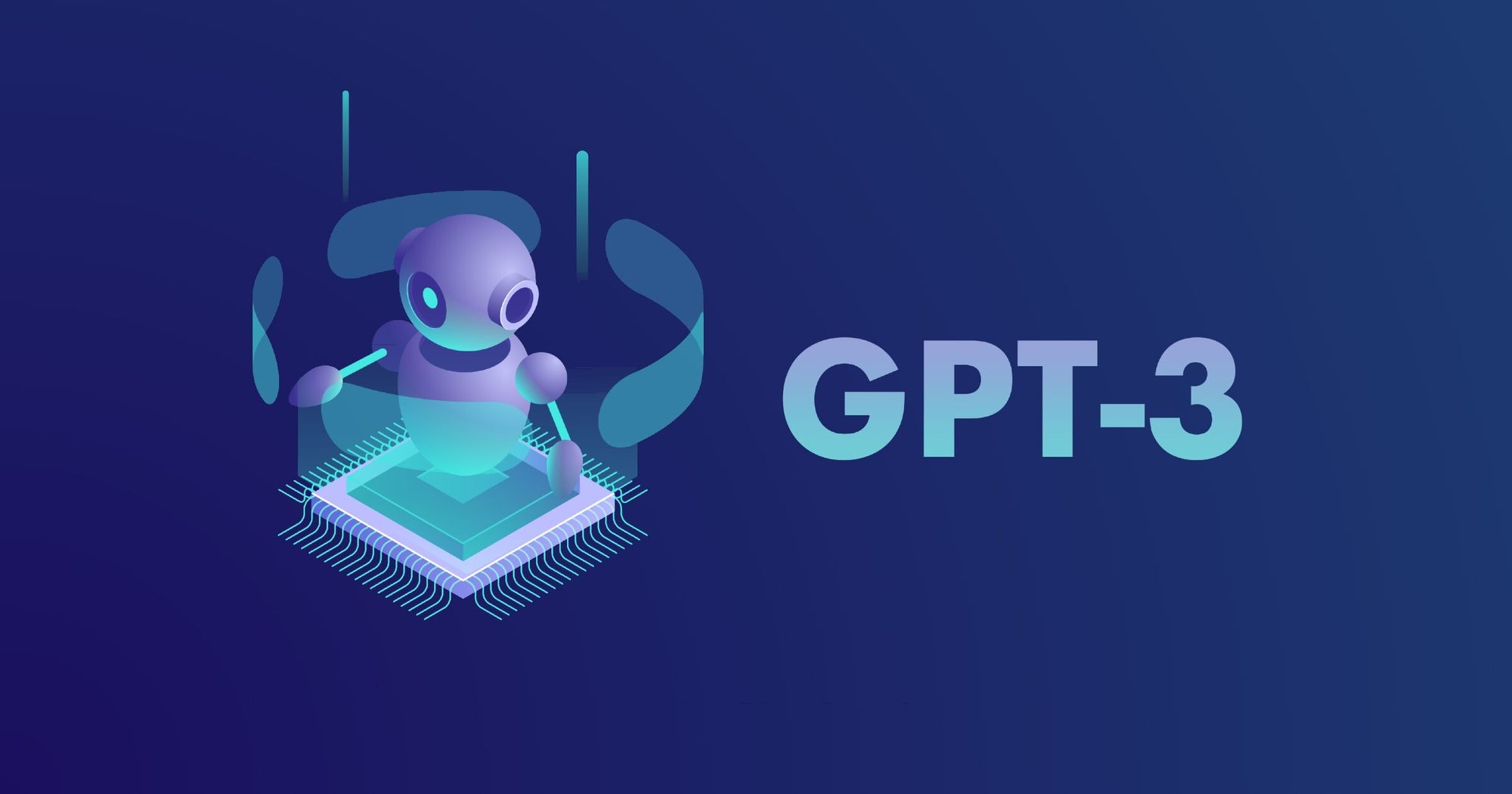GPT-3 (Generative Pre-trained Transformer 3)

Introduction to GPT-3
Basics of GPT-3, including its architecture and training data
GPT-3 (short for “Generative Pre-trained Transformer 3”) is a state-of-the-art natural language processing (NLP) model developed by OpenAI. It is the successor to the GPT-2 model, which was released in 2019. GPT-3 is capable of generating human-like text, completing tasks such as translation, summarization, and question answering, and even generating code.
One of the key features of GPT-3 is its large size. It consists of 175 billion parameters, making it one of the largest language models ever created. This allows it to have a very high capacity for processing and generating language.
GPT-3 is based on the transformer architecture, which was introduced in the paper “Attention Is All You Need” by Vaswani et al. in 2017. The transformer architecture uses self-attention mechanisms to process input sequences in parallel, rather than the sequential processing used by models like LSTMs (long short-term memory units). This makes it more efficient and allows it to process longer sequences of text.
GPT-3 is pre-trained on a massive dataset, which is one of the factors that contributes to its impressive performance. The exact details of the training data are not publicly available, but it is known to include a wide variety of texts, including books, articles, and websites. The model is then fine-tuned on specific tasks using smaller datasets.
Overall, GPT-3 is a powerful and versatile NLP model that has the potential to revolutionize the field and have a wide range of applications. However, it also raises important ethical considerations, such as the potential for biased or malicious uses of the technology. As GPT-3 continues to develop and advance, it will be important to carefully consider these issues and the impact of this powerful tool.
Applications of GPT-3
Various ways that GPT-3 can be used, such as natural language processing, machine translation, and language generation.
GPT-3 has a wide range of potential applications. Some of the ways that GPT-3 can be used include:
- Natural language processing: GPT-3 can be used for various NLP tasks, such as language translation, text summarization, and question answering. It is particularly well-suited for tasks that involve generating human-like text, such as responding to customer service inquiries or generating social media posts.
- Machine translation: GPT-3 can be used to translate text from one language to another. It is able to handle multiple languages and can even handle tasks such as translating idiomatic expressions and preserving the tone of the original text.
- Language generation: GPT-3 can generate human-like text on a variety of topics. This can be used for tasks such as generating social media posts or articles, or even generating code.
- Text classification: GPT-3 can be used to classify text into different categories or labels. This can be useful for tasks such as spam detection or sentiment analysis.
- Text completion: GPT-3 can be used to complete a partially written text or fill in missing words in a sentence. This can be useful for tasks such as auto-complete or predictive typing.
Overall, the capabilities of GPT-3 make it a versatile tool that has the potential to revolutionize a wide range of industries and applications. However, it is important to note that GPT-3 is not a perfect solution and may not always be the best choice for a given task. It is also important to carefully consider the ethical implications of using GPT-3 and ensure that it is used responsibly.
Limitations of GPT-3
The limitations of GPT-3, including its inability to fully understand context and its reliance on large amounts of data.
GPT-3 has achieved impressive results on a wide range of tasks. However, like all machine learning models, it has its limitations. Some of the limitations of GPT-3 include:
- Inability to fully understand context: GPT-3 is based on statistical patterns and does not have a deep understanding of the underlying meaning of the text it processes. This can lead to errors or nonsensical output when the context is not clear or when the model encounters novel situations.
- Reliance on large amounts of data: GPT-3 is a large model that was pre-trained on a massive dataset. While this allows it to perform well on many tasks, it also means that it may not be as effective on tasks with smaller datasets or in situations where data is scarce.
- Limited generalization ability: While GPT-3 is able to perform well on a wide range of tasks, it may struggle to generalize to new situations or tasks that are significantly different from those it was trained on.
- Ethical concerns: GPT-3 has the potential to be used for nefarious purposes, such as generating biased or misleading content. It is important to carefully consider the ethical implications of using GPT-3 and ensure that it is used responsibly.
Overall, while GPT-3 is a powerful and impressive tool, it is important to be aware of its limitations and to use it appropriately. As with any machine learning model, it is important to carefully evaluate its performance and consider whether it is the best choice for a given task.
Ethical considerations of GPT-3
The ethical implications of GPT-3, such as its potential to be used for nefarious purposes and its impact on the job market.
GPT-3 has the potential to revolutionize a wide range of industries and applications. However, the use of GPT-3 also raises important ethical considerations that should be carefully considered.
One of the main ethical concerns surrounding GPT-3 is the potential for it to be used for nefarious purposes. For example, GPT-3 could be used to generate biased or misleading content, such as fake news or propaganda. It could also be used to impersonate individuals or organizations, or to automate tasks such as spamming or phishing.
Another ethical concern is the impact of GPT-3 on the job market. While GPT-3 has the potential to automate many tasks that currently require human labor, it could also lead to job displacement and the need for workers to retrain for new roles. It is important to carefully consider the potential consequences of introducing GPT-3 and other AI technologies in the workplace and to ensure that the benefits are shared fairly.
Additionally, the use of GPT-3 and other AI technologies raises broader ethical concerns about the role of technology in society and the potential for it to be used to further entrenched power imbalances. It is important to consider the potential long-term consequences of introducing these technologies and to ensure that they are used in a responsible and ethical manner.
Overall, the ethical considerations surrounding GPT-3 are complex and multifaceted. It is important to carefully consider these issues and to take a responsible and ethical approach to the use of this powerful tool.
Future directions for GPT-3
Potential future developments for GPT-3 and where the technology is headed.
GPT-3 has achieved impressive results on a wide range of tasks and has the potential to revolutionize many industries and applications. As such, there are a number of potential future developments and directions for GPT-3 and the underlying technology. Here are a few possibilities:
- Continued improvements in performance: It is likely that GPT-3 will continue to be improved and refined, leading to better performance on a wider range of tasks. This could involve the development of new architectures or training techniques, as well as the incorporation of new data sources or tasks.
- Integration with other technologies: GPT-3 could be integrated with other technologies, such as computer vision or robotics, to enable new capabilities and applications. For example, GPT-3 could be used to generate natural language instructions for a robotic system or to describe the contents of an image.
- Exploration of new domains: GPT-3 could be applied to new domains or tasks that have not yet been explored. This could include areas such as scientific discovery, music generation, or creative writing.
- Development of more specialized models: GPT-3 is a large, general-purpose model that is capable of performing a wide range of tasks. It is possible that more specialized models could be developed for specific domains or tasks, which could lead to improved performance and efficiency.
- Ethical considerations: As GPT-3 and other AI technologies continue to develop, it will be important to carefully consider the ethical implications and to ensure that they are used responsibly. This could involve the development of guidelines, regulations, or best practices for the use of these technologies.
Overall, the future of GPT-3 and the underlying technology is exciting and full of potential. It will be interesting to see how these developments unfold and how they impact various industries and applications.
In conclusion, GPT-3 (short for “Generative Pre-trained Transformer 3”) is a powerful and versatile natural language processing (NLP) model developed by OpenAI that has the potential to revolutionize a wide range of industries and applications. While it has impressive capabilities and has achieved impressive results on a variety of tasks, it is important to be aware of its limitations and to consider the ethical implications of using this technology. Some of the potential future directions for GPT-3 include continued improvements in performance, integration with other technologies, exploration of new domains, and the development of more specialized models. As GPT-3 and other AI technologies continue to evolve, it will be important to carefully consider the impact and consequences of these technologies and to ensure that they are used in a responsible and ethical manner.

